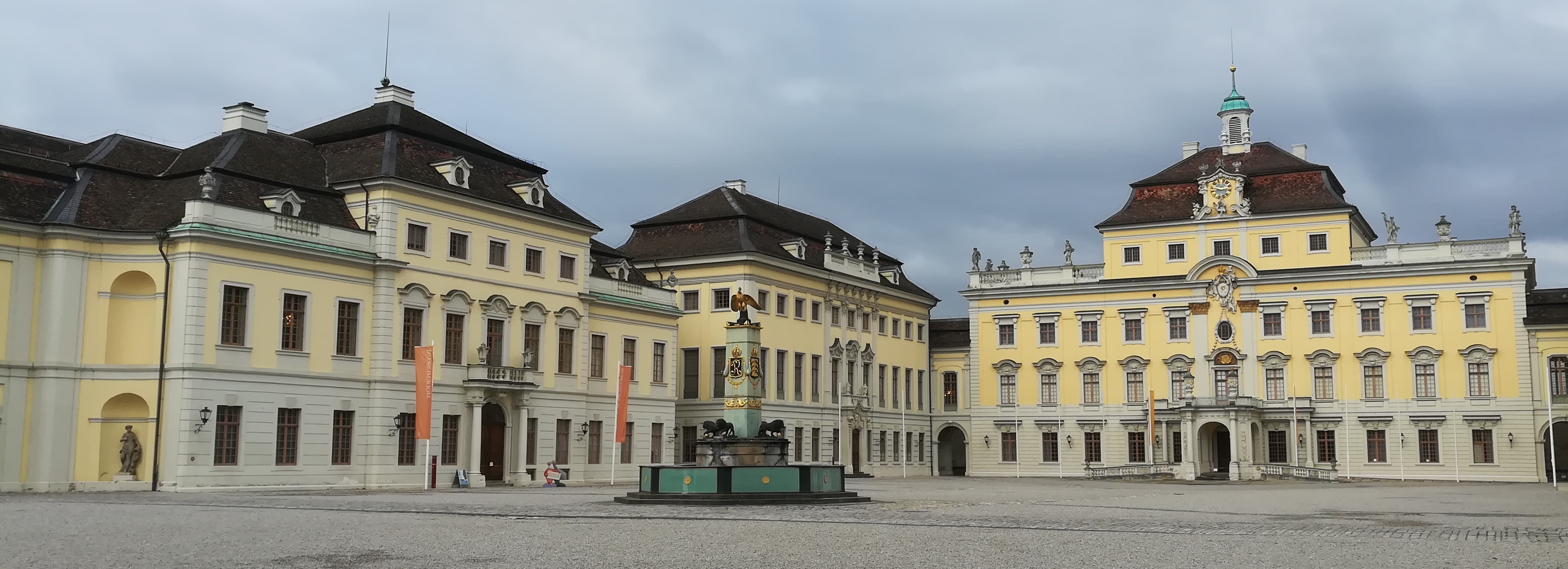|
Münsingen, Germany
Münsingen (Swabian: ''Mensenga'') is a town in the district of Reutlingen, Baden-Württemberg, Germany. It is situated 23 km southeast of Reutlingen, and 37 km west of Ulm. History The name Münsingen is probably derived from Alemannic chief called Munigis, who founded a settlement within the present-day city boundaries. In 775, Münsingen was mentioned for the first time on a deed of gift of Lorsch Abbey. The church of Münsingen was first mentioned in 804. The area was under the suzerainty of the Franks. Later, the village was under the suzerainty of county of Württemberg-Urach, who sold it to Ulrich I in 1263. In 1339, Münsingen was granted Town privileges. After the partition of Württemberg, it came under the purview of Urach, until the re-unification of the County of Württemberg under the auspices of the Treaty of Münsingen in 1482. On October 23, 1654 Münsingen became an administrative center of regional importance. From 1938 to 1973 Münsingen was capi ... [...More Info...] [...Related Items...] OR: [Wikipedia] [Google] [Baidu] |
Swabian German
Swabian (german: Schwäbisch ) is one of the dialect groups of Alemannic German that belong to the High German dialect continuum. It is mainly spoken in Swabia, which is located in central and southeastern Baden-Württemberg (including its capital Stuttgart and the Swabian Jura region) and the southwest of Bavaria ( Bavarian Swabia). Furthermore, Swabian German dialects are spoken by Caucasus Germans in Transcaucasia. The dialects of the Danube Swabian population of Hungary, the former Yugoslavia and Romania are only nominally Swabian and can be traced back not only to Swabian but also to Franconian, Bavarian and Hessian dialects, with locally varying degrees of influence of the initial dialects. Description Swabian can be difficult to understand for speakers of Standard German due to its pronunciation and partly differing grammar and vocabulary. For example, the Standard German term for "strawberry jam" is ''Erdbeermarmelade'' whereas in Swabian it is called ''Bräschdlin ... [...More Info...] [...Related Items...] OR: [Wikipedia] [Google] [Baidu] |
Duchy Of Württemberg
The Duchy of Württemberg (german: Herzogtum Württemberg) was a duchy located in the south-western part of the Holy Roman Empire. It was a member of the Holy Roman Empire from 1495 to 1806. The dukedom's long survival for over three centuries was mainly due to its size, being larger than its immediate neighbors. During the Protestant Reformation, Württemberg faced great pressure from the Holy Roman Empire to remain a member. Württemberg resisted repeated French invasions in the 17th and 18th centuries. Württemberg was directly in the path of French and Austrian armies who were engaged in the long rivalry between the House of Bourbon and the House of Habsburg. In 1803, Napoleon raised the duchy to be the Electorate of Württemberg of the Holy Roman Empire. On 1 January 1806, the last Elector assumed the title of King of Württemberg. Later that year, on 6 August 1806, the last Emperor, Francis II, Holy Roman Emperor, Francis II, abolished (de facto) the Holy Roman Empire. G ... [...More Info...] [...Related Items...] OR: [Wikipedia] [Google] [Baidu] |
Mosque
A mosque (; from ar, مَسْجِد, masjid, ; literally "place of ritual prostration"), also called masjid, is a place of prayer for Muslims. Mosques are usually covered buildings, but can be any place where prayers ( sujud) are performed, including outdoor courtyards. The first mosques were simple places of prayer for Muslims, and may have been open spaces rather than buildings. In the first stage of Islamic architecture, 650-750 CE, early mosques comprised open and closed covered spaces enclosed by walls, often with minarets from which calls to prayer were issued. Mosque buildings typically contain an ornamental niche ('' mihrab'') set into the wall that indicates the direction of Mecca (''qiblah''), Wudu, ablution facilities. The pulpit (''minbar''), from which the Friday (jumu'ah) sermon (''khutba'') is delivered, was in earlier times characteristic of the central city mosque, but has since become common in smaller mosques. Mosques typically have Islam and gender se ... [...More Info...] [...Related Items...] OR: [Wikipedia] [Google] [Baidu] |
Jewish Cemetery, Buttenhausen
The Jewish cemetery of Buttenhausen is a protected heritage site above the village of Buttenhausen, which forms part of the municipality of Münsingen, Germany in the district of Reutlingen, Baden-Württemberg, some 37 km west of Ulm. The cemetery is situated on a hillside on the south-western edge of the village. History The Jewish community at Buttenhausen was established by Baron Phillip Friedrich von Liebenstein by a charter of 7 July 1797. Motivated by the desire to stimulate economic activity in the village, he invited twenty-five Jewish families to settle there under his protection. One of the privileges granted to the new community was the right to establish a cemetery above the new Jewish quarter. By 1870, Buttenhausen's Jewish residents numbered 442 in a total population of 800 and lived in 46 of the village's 100 houses. The oldest legible inscription in the cemetery dates from 1802; the last burials took place in 1943, shortly before the final deportations of J ... [...More Info...] [...Related Items...] OR: [Wikipedia] [Google] [Baidu] |



